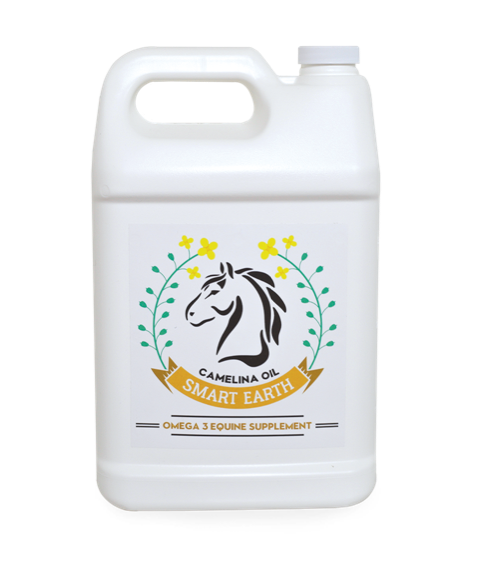No Products in the Cart
Written by: Jessica Konopinski
Published on: 03/01/2023
Depending on where you live, cold weather conditions could be defined in a number of ways, not only depending on the temperature, but other external conditions such as snow, wind, and rain. Technically speaking, colder temperatures are typically referring to anything below 40° F. [1] Maybe that temperature seems high to you or maybe it seems too low. Regardless, understanding how colder temperatures can affect your horse, especially when in training, is crucial in keeping a healthy, happy, and comfortable horse.
When exercising your horse in colder temperatures the first concern is airway inflammation. Believe it or not, horses lungs can actually be compromised during strenuous work in these conditions and that's why it’s so important to put any underlying conditions your horse may have along with their age, and fitness level into consideration before exercising them in ‘colder than usual’ temperatures.[2]
If you’re unsure of how to gauge it, reach out to a trusted equine professional or veterinarian for their advice. Every horse is different, but through understanding and patience, you’ll be able to determine what’s best for your horse.
The warm-up is important for many reasons, but particularly when it comes to training in the colder months. A proper warm-up can assure that your horse's muscles and joints are properly loosened up. Think about it. When it’s a cold day outside, how does your body feel? Stiff? Achey? Sore? Your horse feels the same way and if they already have underlying conditions such as arthritis and joint pain the warm up serves as even more necessary in their routine.
When it comes to designing the perfect warm up for your horse, slow and steady wins the race. The last thing you would want to do is go straight into an aggressive workout and risk an injury. A 10-20 minute warm- up (depending on the weather conditions) is usually acceptable and provides your horse with enough time to work through the walk, trot, and eventually the canter if you choose to do so. A great way to keep your horse warm at the walk is by placing a sheet or cooler over their hindquarters. Remember: always be sure to secure the sheet before walking your horse.
Another comparison to kick off this conversation would be to think of how much water you consume when it’s cold out versus when it's warm out. If you’re like most, you probably don’t drink as much as you should in these temperatures. When it comes to horses, fresh water is of the utmost importance for their overall well-being. As you may know, it’s fairly common for horses to become dehydrated in colder temperatures and so making sure they have plenty of access to water throughout the day, before, and after exercise is key.
If your horse struggles when it comes to their water intake try introducing them to warm water, putting a salt lick in their stall or pasture, and you can even try implementing an electrolyte into their diet. You can also play around and see what your horse likes drinking out of best. For example, some horses prefer a large water trough in their paddock rather than buckets.
Now that your horse is warmed up and ridden it’s time to cool down. Ironically enough, cooling down your horse in colder temperatures is just as important as warming them up (if not even more vital). If your horse is clipped or doesn’t have a heavy winter coat, cooling them out should be fairly easy by walking them around after your ride or toweling them down. However, if your horse has a heavy winter coat, you may have to spend some extra time walking them out, allowing them to stretch, and really making sure they are brushed and towel dried.
Horses who are left sweaty in cold temperatures can have difficulties regulating their body temperature back to normal after a ride. Looking into placing a sheet or cooler over them while they cool out or even consider clipping the areas that get most sweaty if you’re trying to stay away from a full body clip is a great alternative option.
Whatever you choose, know that it takes time to determine what works best for your horse. Use your best judgment, listen to your horse, and never be afraid to ask for trusted advice. After all, we’re just trying to do what’s best for our horses!

✅ Single ingredient, 100% pure Camelina Oil.
✅ Non-GMO
✅ Ideal balance of Omega-3 compared to other products, like soybean oil.
✅ Canadian produced and operated.

✅ Single ingredient, 100% pure Camelina Oil.
✅ Non-GMO
✅ Ideal balance of Omega-3 compared to other products, like soybean oil.
✅ Canadian produced and operated.
Jessica is a brand consultant who brings awareness and intention to equestrian and pet platforms. As a former collegiate equestrian athlete and animal lover, Jessica leads with passion and experience through her writing and brand work for companies who advocate for creating a difference in their space. When she's not riding her horse or walking her dog (with iced coffee in hand), you can find her sharing her love for health and wellness with others and integrating these practices in her everyday work.